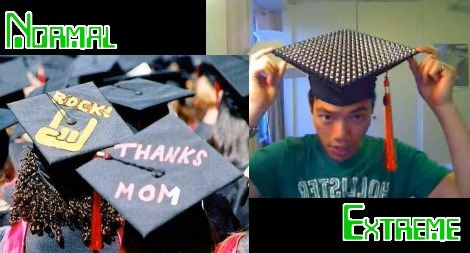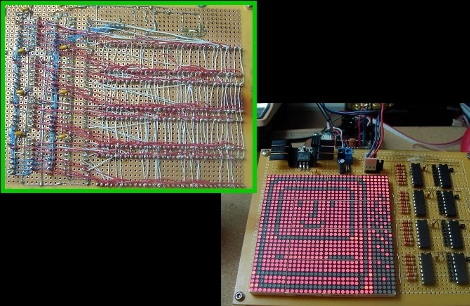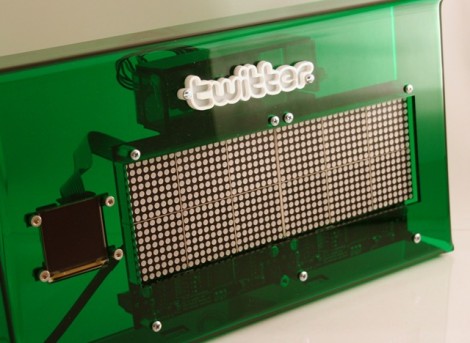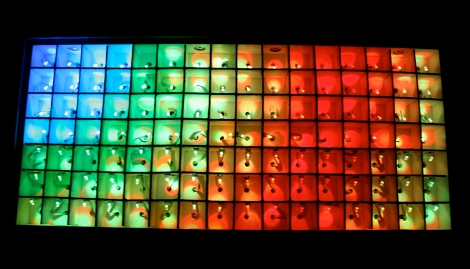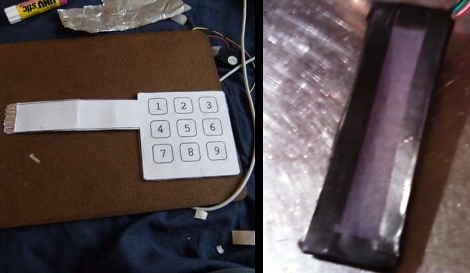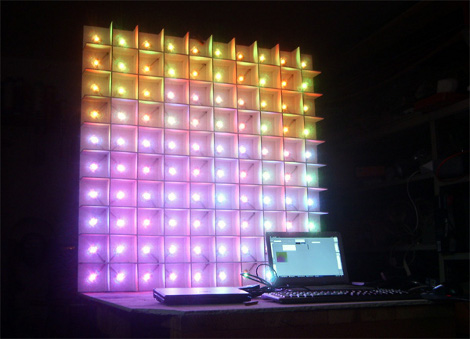[Yomagaocho] is graduation from Northwestern University on June 18th (wow that’s late in the year… they must be on quarters). He decided to spice up his mortarboard for the commencement ceremony. A normal message wasn’t good enough, and even a solar-powered diorama wasn’t going to suit him. Instead he added 256 addressable LEDs to the top so that he can get his message across without being limited to a couple of words. See it demonstrated after the break.
He was nice enough to give us the technical details. The matrix is a 16×16 grid mounted in some laser-cut black acrylic. We immediately wondered about the display working in sunlight (a June graduation will probably be outside). He didn’t use any current limiting resistors with the LEDs, dangerous to the longevity but this should provide maximum brightness. It’s certainly a geeky concept, but having the ribbon cable that controls it trailing down into your robe might make those graduation photos a bit embarrassing a few years down the road. Continue reading “Getting Your Message Across At Commencement”

